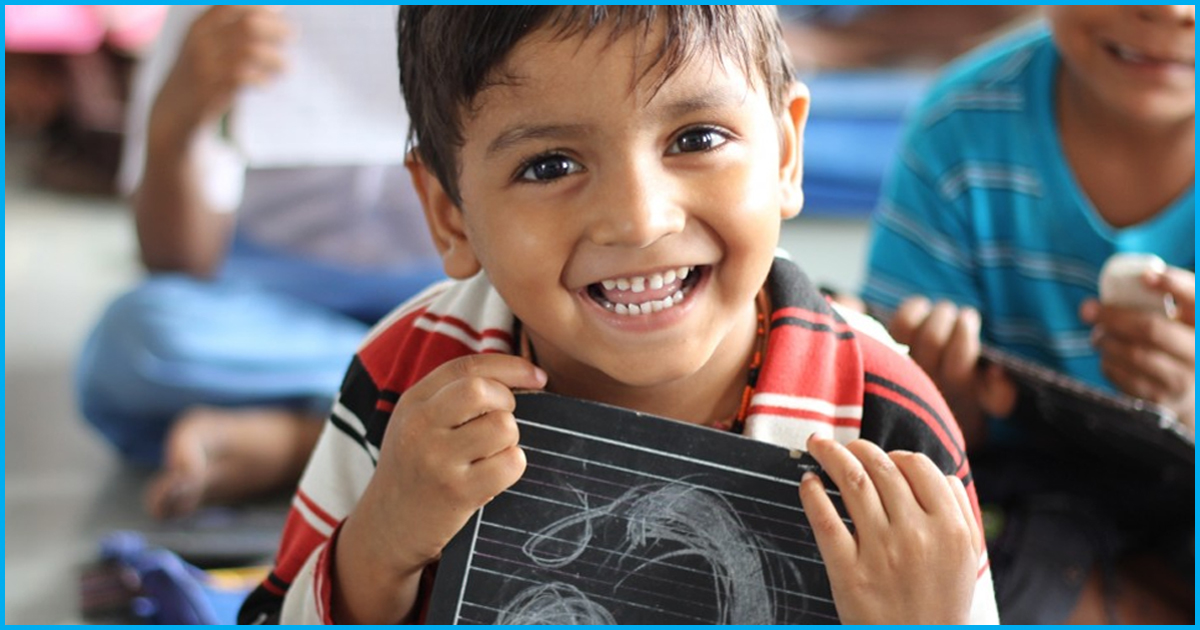The latest human development rankings released by the United Nations Development Programme (UNDP) on September 14 has some good news for India. India has managed to climb one position to 130th rank out of 189 countries surveyed. The report also says that school-age children in India stayed 4.7 years longer in 2017 as compared to 1990. Between the same period, India’s human development index (HDI) value increased from 0.427 to 0.640. Also, the Gross National Income (GNI) has increased by 266.6%. Also, India’s life expectancy at birth increased by 11 years between 1990 and 2017.
Since 1990, global average life expectancy at birth increased by almost 7 years. According to the latest #HumanDevelopmentIndex, #India’s life expectancy at birth increased by nearly 11 years! #Data4HumanDev
Learn more at https://t.co/8T0qDuCop2 pic.twitter.com/dNairlDrQF
— UNDP India (@UNDP_India) September 15, 2018
With India’s HDI value at 0.640, it continues to be listed under the medium human development category. This higher than the South Asian countries’ average of 0.638. India is also ranked above countries with similar population size in the region like Bangladesh and Pakistan who were ranked at 136 and 150 respectively.
However, on the flipside, India lost about 26.8% of HDI value is lost due to inequalities. This percentage is higher than most of the South Asian countries, while the average loss in the region is 26.1%. Another major challenge faced by India is that despite progress at the policy and legislative levels, women remained less empowered than men. Of the total parliamentary seats, women held just 11.6% of it. In terms of education too, Indian women lagged much behind men. As compared to 64% males, just 39% of females have reached at least a secondary level of education.
How has the rest of the world fared?
Norway, Switzerland, Australia, Ireland and Germany are among the best performing countries, whereas Niger, the Central African Republic, South Sudan, Chad and Burundi are the lowest scoring countries.
The report says that the global trend in human development improvements is encouraging. A testament to this is the fact that while in 2010 there were 46 countries in the high development group and 49 in low HDI group, in 2018, the figures are 59 and 38 respectively.
The health has seen significant improvement globally with the life expectancy at birth increased by almost seven years, with Sub-Saharan Africa and South Asia showing maximum progress with each seeing an increase of 11 years since 1990. In terms of education, school-aged children stay 3.4 years longer in school as compared to 1990.
Like in the case of India, rest of the world is too dabbling with the issue of inequality. The average HDI for women is 6% lower than men, globally. In South Asia, 29% women in the 20-24 age bracket were married before the age of 18.
What is the Human Development Report?
The HDR 2016 is the product of the Human Development Report Office (HDRO) at the United Nations Development Programme (UNDP). The UN General Assembly has officially recognised the Report as “an independent intellectual exercise” that has become “an important tool for raising awareness about human development around the world.”
According to the HDR itself, human development is “all about human freedoms: freedom to realise the full potential of every human life, not just of a few, nor of most, but of all lives in every corner of the world—now and in the future.”
Human development index is a tool for assessing progress in three basic dimensions of human development:
a long and healthy life,
access to knowledge,
and access to a decent standard of living.
Also Read: Human Development Index: India Slips Down One Place, Placed In “Medium Human Development” Category











